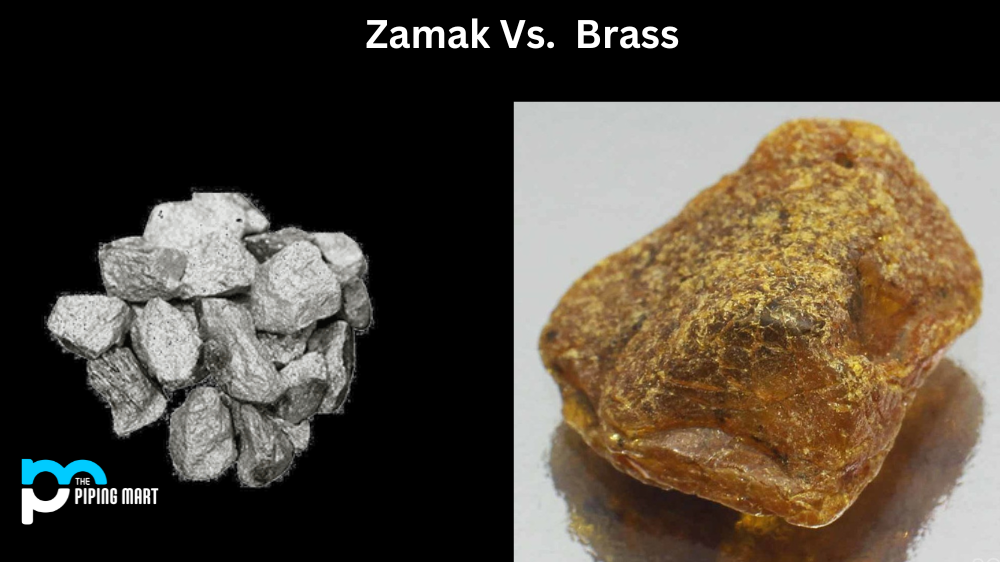The metal industry has been essential to human civilization for thousands of years. From the Bronze Age to the present, metals have been used in various construction and transportation applications. However, the production of metals comes with a significant environmental impact, which ranges from land degradation to air and water pollution. The metal industries are among the most important contributors to greenhouse gas emissions, worldwide ecological degradation, and climate change’s cumulative impact.
This blog post discusses the environmental impact of the metal industry on the environment, climate change, and human health. It also provides possible solutions for reducing the ecological impact while sustaining economic development.
The metal industry is notorious for its high energy demand, with an estimated 10% of global energy consumption attributed to metal production. The industry releases significant greenhouse gases (GHGs) into the atmosphere, contributing to global warming. GHG emissions result from the high amount of fossil fuel energy required in operating equipment, smelting, refining, and transporting raw materials and products. Fossil fuels in industrial processes, such as coal and natural gas, are responsible for most GHG emissions. Moreover, production methods such as open-pit mining in the metals industry generate large amounts of waste that cause environmental degradation and water pollution.
The metal industry is the single most significant non-point source of lead and mercury pollution, which causes severe environmental and health problems. A 2013 study found that pollution from metal smelters in China directly impacted human health and caused soil acidification, decreasing agricultural productivity. Lead pollution, in particular, has been linked to reduced IQ in children and can cause various health issues, including developmental disabilities, neurological disorders, and kidney and brain damage.
Solutions have been proposed to reduce the negative environmental impacts of the metal industry. Governments and companies must prioritize energy efficiency and use renewable energy, such as wind and solar power. It is also crucial to develop ways of reducing waste and pollution, such as recycling and adopting closed-loop process systems. Recycling offers the most effective means of reducing the environmental impact of the metal industry. It mitigates greenhouse gases and reduces the need for mining ore. As a result, recycling minimizes the depletion of natural resources, soil erosion, and water pollution.
Another proposed solution uses electrification and hydrogen to power processes in the metal industry. These clean technologies for reducing emissions from high-energy industrial processes could significantly reduce GHG emissions. Harnessing renewable energy sources to power mining, the smelting furnace, and refining methods will help lower energy demand and limit greenhouse gas emissions.
Conclusion
The environmental impact of the metal industry is significant, and its effects have far-reaching consequences for the environment, climate, and human health. The metal industry can adopt different solutions to reduce the environmental impact, such as energy efficiency and using renewable energy, recycling, and clean technologies. In conclusion, we must balance economic development with sustainable practices and adopt alternative solutions to ensure the survival of our planet. Governments, companies, and individuals must prioritize the environment and sustainable development, and together, we can reduce the negative environmental impact of the metal industry while promoting sustainable growth.
Sakshee is a talented blogger, with a particular focus on the Business and Metal Industry. She is passionate about sharing her insights on various metal products and helping professionals to make a better decisions.




